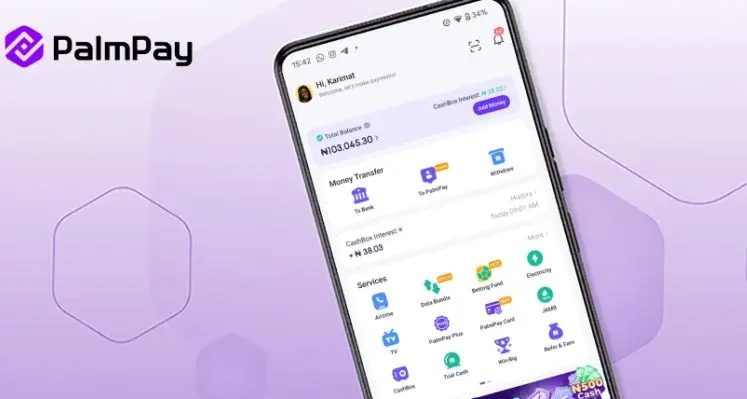Page 1 of 2The intranet of the future will change the way people use the tool, focusing on design and the user experience (UX), and creating an almost ‘app-like’ interface that engages employees through interaction and interactivity, writes Peter Reid, SharePoint Solutions head at Intervate, T-Systems company
In order to cater to the needs of a changing workforce, the way intranets are used needs to change as well. Employees today demand a rich user experience that enables them to communicate, collaborate, share ideas, gain access to expert skills and more.
This is a complete shift from the push strategy of the traditional intranet to a pull strategy, creating an intranet that makes people want to use it. The focus of the intranet of the future needs to be the user, not the CEO, and thus the design and the user experience are of the utmost importance. Departmental intranets have also become out-dated – the intranet should be a centralised portal for all internal organisational communications. Ultimately, the intranet should be a self-service portal that provides convenience for users, allowing them to log time, apply for leave, find relevant corporate information, collaborate on tasks and more.
In future, the intranet will need to cater to the requirements of Gen Y and Millennial users – those who have grown up using sophisticated mobile and social communications tools. This shift is driven by a number of different factors, including increasing consumerisation and the demand for a consistent experience on personal and work-related devices. Ultimately, users want access to a friendly experience, not simply a functional one, which not only requires a focus on UX, but also a deep understanding of the user and their needs, wants and requirements.
One of the biggest evolutions of the intranet is the increase in social features, such as mobile chat and instant messaging services. Social tools such as tagging, sharing and liking content are part of creating the user experience, and are fast becoming standard features in many business applications. The intranet should be no different. In addition, mobility needs to be supported through responsive design and a ‘mobile first’ development ethos, while ensuring secure access from various end-point devices.
As previously mentioned, the intranet of the future needs to have an emphasis on design and UX. The key toward ensuring user adoption of intranets is to make the interface and the experience familiar – incorporating social elements, elements of the web, and the ease of use and intuitive functionality of apps are all essential. This should include more sophisticated search and filtering. Consumers are used to the Google interface, and intranet search should provide similar functionality to enable users to find the content they require quickly and easily.
Intranets need to be consumer focused, and the province of the users themselves. Employees, and not heads of department, should dictate the nature of the content and the future strategy of the intranet. The more social and interactive the intranet, the more likely it is to capture end users and their thoughts and result in engaged employees. This concept of ideation enables crowdsourcing of ideas from employees, which is the springboard for driving innovation. Intranets should also include functionality for managing the innovation pipeline, allowing people to rank and endorse ideas, and trace their progress through the system.






















